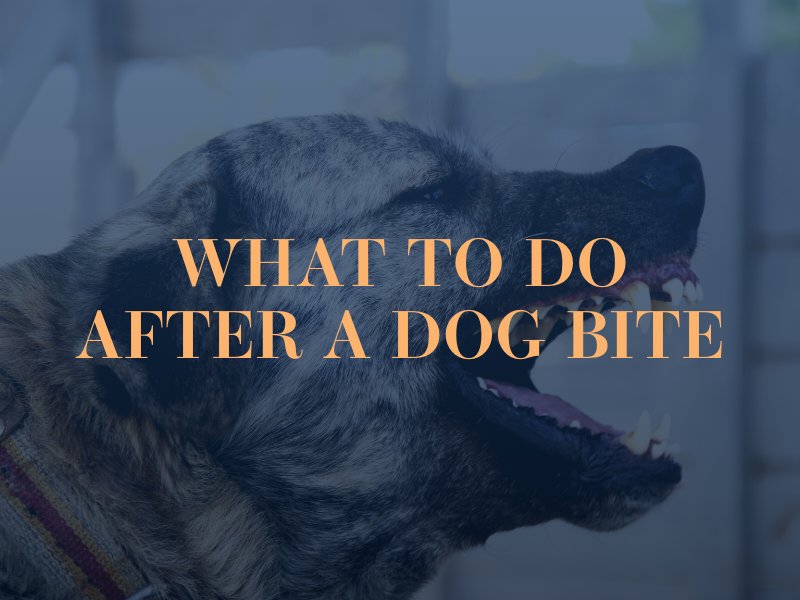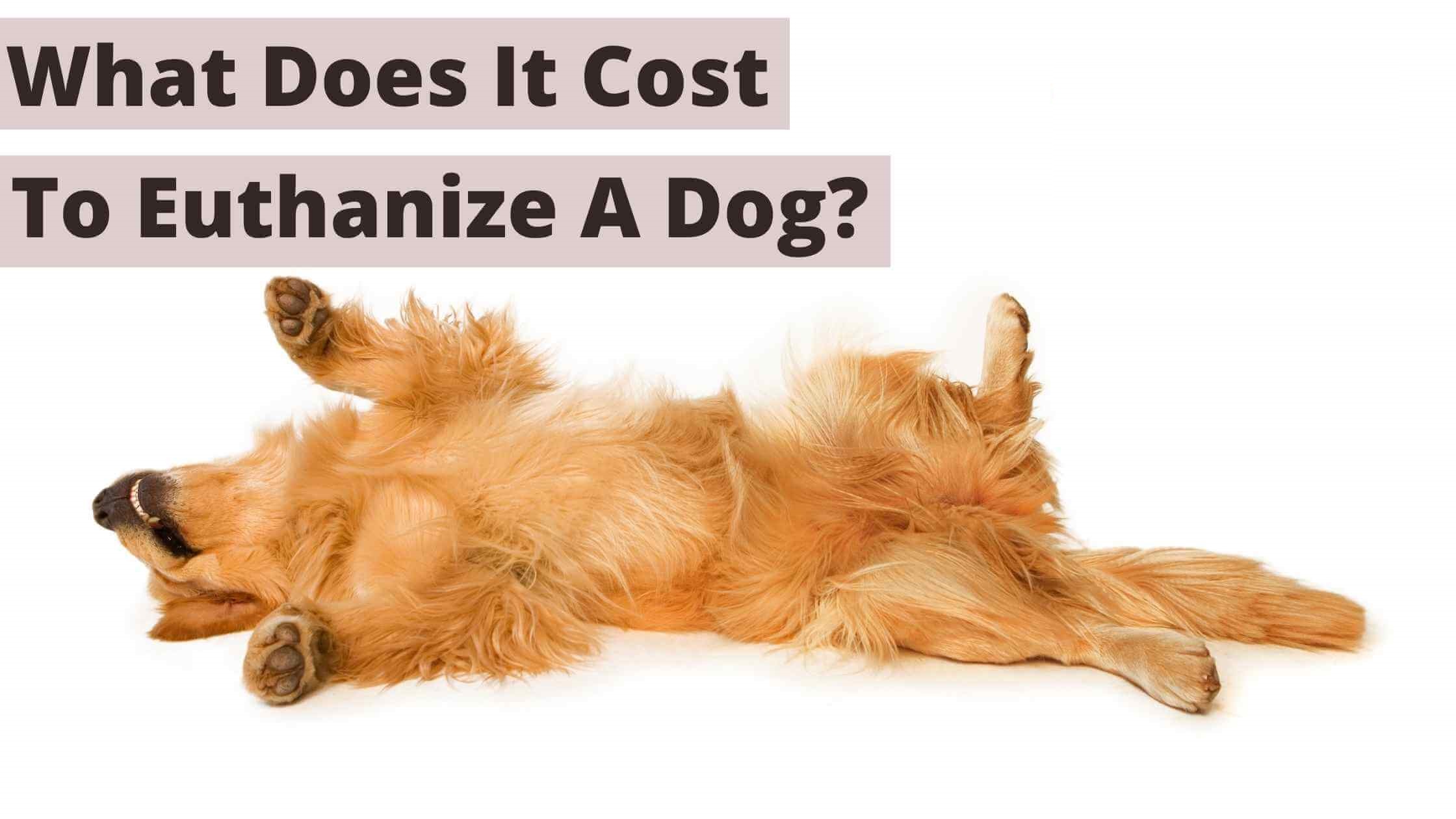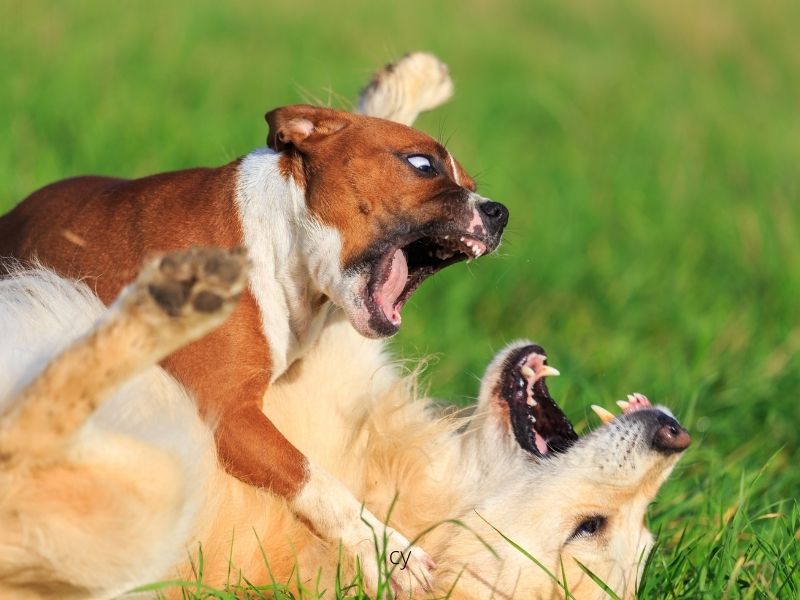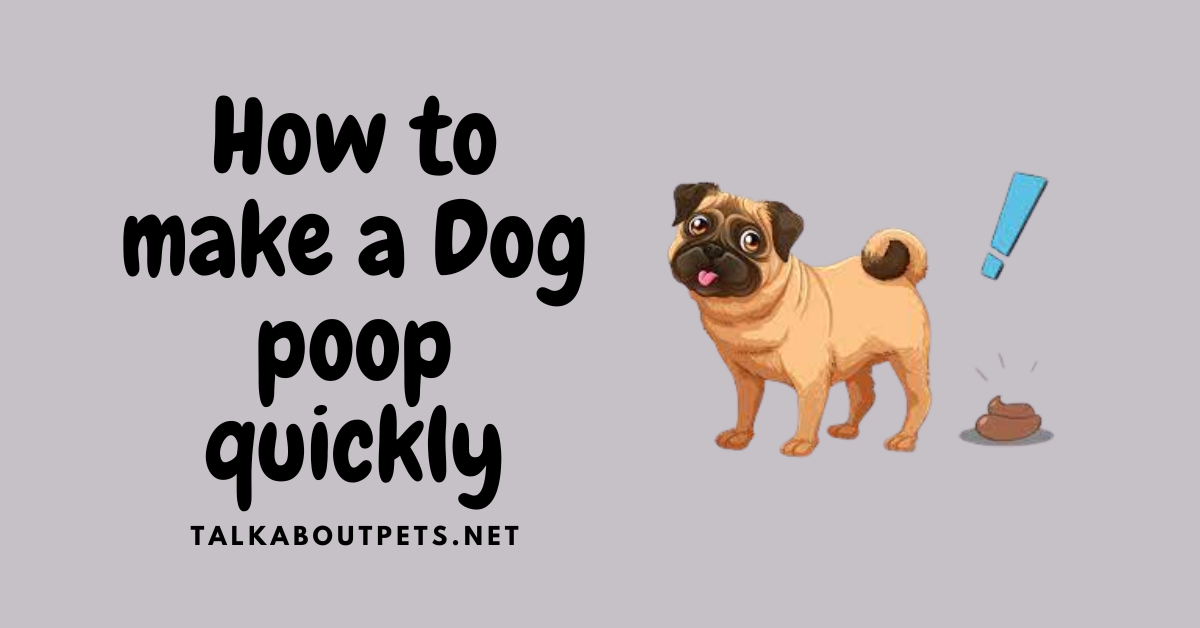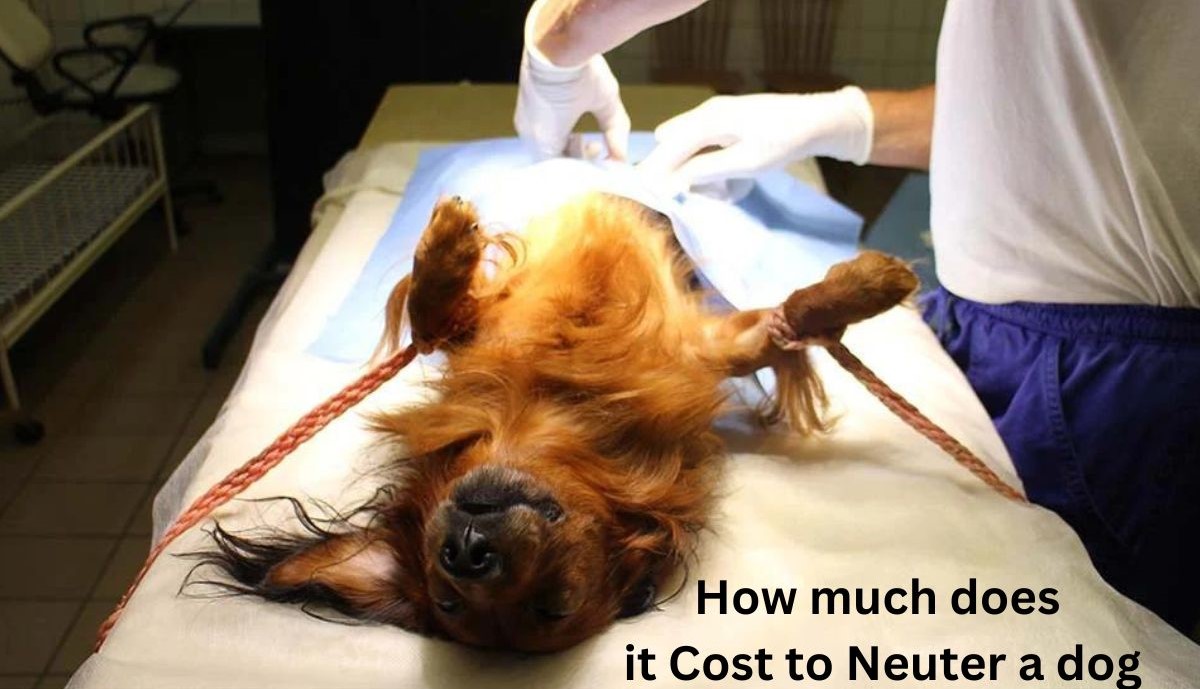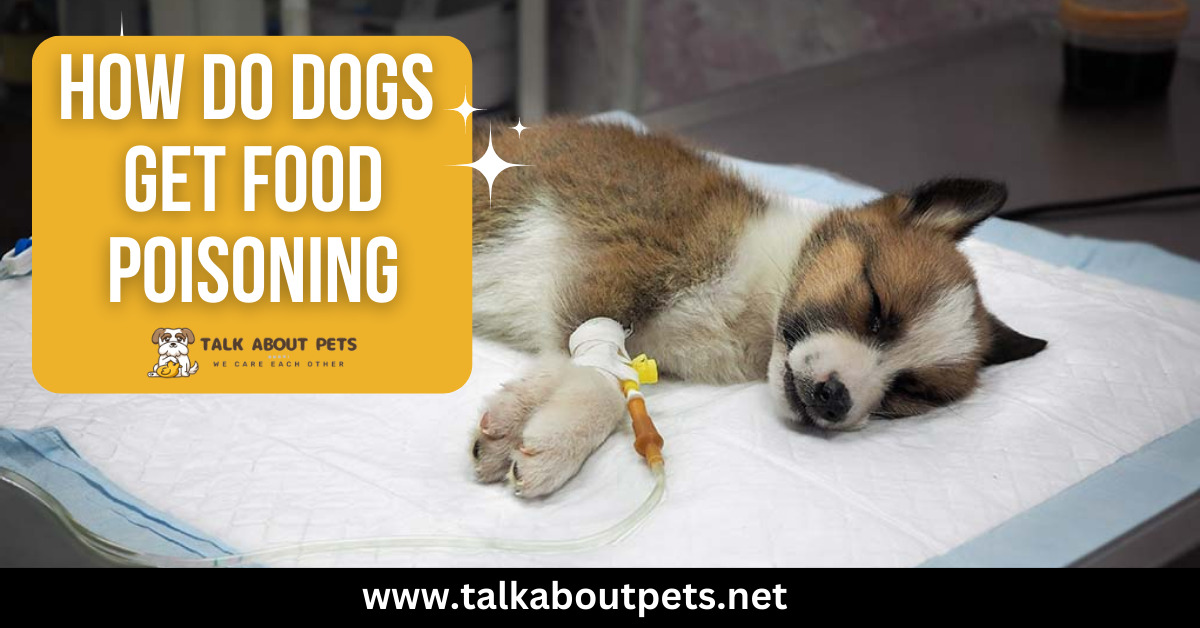If you are reading this, then chances are you were bitten by a dog. That is a scary situation! Luckily, most dogs are good animals that need some help understanding their place in the world.
When someone is bitten by a dog, they should always try to give the dog as much time as possible to understand why it needs to leave.
This is important because sometimes after a dog has been born into a home, it might feel trapped or uncomfortable when there are other people around.
If a person tries to get the dog to go outside at such times, the dog may decide to take its anger out on them instead of moving away. This could end up being very dangerous for everyone involved.
Something else to remember is that even if the dog seems friendly, no animal is truly friendly unless trained to be. Animals cannot tell how people will act so it is best to stay one yard away from any dog until it knows you are not a threat.
There is absolutely nothing wrong with trying to re-train an aggressive dog but only under professional supervision.
People can lose their limbs or their lives due to a misbehaving dog. So make sure you pick a safe dog before attempting anything.
1- Stay and help the victim
If you are outside when your dog bites someone, stay and help them!
Most dogs that bite are not aggressive or dangerous unless provoked. Many times, these dogs get startled, frightened, or hurt by something. So they decide to defend themselves or protect their owner.
It is very important to make sure that the person is okay and not injured seriously.
You should also try to see if there are any toys or belongings that were taken out during the attack. Make sure those are recovered!
If possible, take a short walk with the people who have been bitten to distract the dog while emergency personnel arrives.
Avoid picking up the animal until professionals tell you it’s safe to do so. Only use soft materials like towels or blankets. Be careful not to injure the animal or yourself taking it away.
Do not hit, pinch, or push the dog as this could cause it to react violently toward you or others. Instead, wait for professional help. Sometimes, putting the dog into a car can calm it down enough for owners to safely handle it.
Your dog may feel insecure after being attacked, especially if it was protecting its owner. Try to reassure your pet and talk to him about what happened.
In some cases, having an extra dog at the scene helps reduce stress for both animals. Having another dog around can help give your pet the sense of safety he needs.
2- Try to get the dog away from the victim
If possible, have someone come and pick up your dog while you go for medical care for the bite. This will give you time to talk with doctors. Find out what treatment is needed before you bring your pet back home.
Some things that may prevent your dog from re-attacking in the future are spaying or neutering, dental checkups, and behavioral counseling.
Having these done for your dog is important not because it could save his life, but also to reduce stress on him.
3- Seek medical attention
If you can safely do so, call 9-1-1 and report what happened. Even if you don’t think your dog would ever hurt anyone before, chances are it was not training him properly or he may have been exposed to the disease.
Your local vet can tell you whether rabies shots are needed in this situation and how to administer them. It is important to get these done as soon as possible after the bite. Because once symptoms occur, there is very little chance of recovery.
Rabies is a fatal disease that spreads through saliva. The virus is usually transmitted by contact with an infected animal’s saliva or mucus, or via broken skin where the fluid has penetrated.
While almost impossible, it is possible for someone who hasn’t received their first set of vaccinations to still be bitten by an infected dog and develop symptoms. These cases are extremely rare, but they do happen!
It is best to play down any fears you might have about leaving the area until doctors and nurses can reassure you that such worries are unnecessary.
They will also want to make sure you aren’t at risk of infection from bites yourself or exposure to other dogs. This includes checking for diseases like hepatitis, HIV, syphilis, and tuberculosis also to confirming that all necessary vaccines were given.
4- Keep an eye on the victim
If you see someone being attacked by a dog, do your best to keep them safe!
Call 911 immediately to report the incident.
If the owner of the dog is nearby, have him or her distract the animal so that you can intervene.
Never try to grab a dog’s collar; this could cause injury to you or the canine. Use towels or blankets to cover any exposed skin areas such as groins or arms.
Chances are, even with very small bites, the dog has never been trained for human interaction before. It may feel threatened and lash out more aggressively.
5- Try to find the owner
Even if your dog is not vicious, it is still very important to try to find his or her owner! If you can identify the owner, even if only by the clothes they were wearing at the time of the bite, then that can help in helping them locate their pet.
It is also helpful to contact local businesses and see if anyone has seen someone with your dog, either inside the building or outside the premises.
A lot of people keep an eye out for their dogs. So this may tip off potential owners who might have missed work because of him or her.
Interacting with other people’s dogs can sometimes bring out undesirable behavior. It makes finding the owner more difficult. Yet, there are some things you can do to help get the word out about your lost pooch.
For example, you could put up signs at the place where the dog was last seen as well as online listings like Facebook and Google.
6- Learn how to get a dog to stop biting
Sometimes even the most obedient dogs will suddenly decide they want to bite someone. It can be for any number of reasons, but usually, it is because something makes them feel threatened or angry.
If this happens in public there are always people around that may be able to help.
But, what I cannot recommend is picking up the dog and carrying it anywhere else. This could make the dog more likely to attack as he/she would not know where they are being taken.
Instead, take some time to calm down and reassure the dog. Try using toys to entice him/her into calming down. He/She might respond better to you than to another person.
7- Stay away from the dog
If you can stay calm, walking away is your best option. Try not to provoke or antagonize the dog by yelling or hitting it!
Many people choose to take their dog to a local animal shelter after they’re asked to leave due to an attack. By choosing this route, you save these dogs’ lives as there are many more opportunities for them at shelters than there are outside.
For example, most animals in shelters have been abandoned. Because their owners could no longer take care of them. These dogs are very sweet and want only the best things in life.
Their potential new families may be afraid to adopt them due to the risk of being bitten again. It would make having a second chance impossible.
At the same time, many rescue groups can’t find homes for all the dogs in their programs. So they place some of the pets up for adoption with little hope of finding someone soon.
If you do decide to walk away, never try to get closer to the dog or pick something up off the ground- even if it’s for a moment.
Avoid any sudden movements or loud noises, too, as those can spook the dog and increase the danger for everyone else around him.
Also, don’t run away alone unless you know the area well and feel comfortable doing so.
8- Seek the help of a professional
If your dog bites someone, immediately get the person’s medical attention. Even if you think your pooch is not serious or does not seem overly aggressive, do not take chances!
Fortunately, most dogs are good for people. But there are instances where a dog develops feelings towards certain individuals that go beyond friendship.
When this happens, it may be difficult to tell whether your dog has learned how to bite or if he is showing signs of aggression.
It is important to note that while some breeds have been determined to cause more human harm than others, no breed is safe.
Any type of dog can hurt you or yours, even those with special warnings placarded across their forehead. It is the responsibility of every owner to ensure his or her dog does not pose a risk to anyone else.

